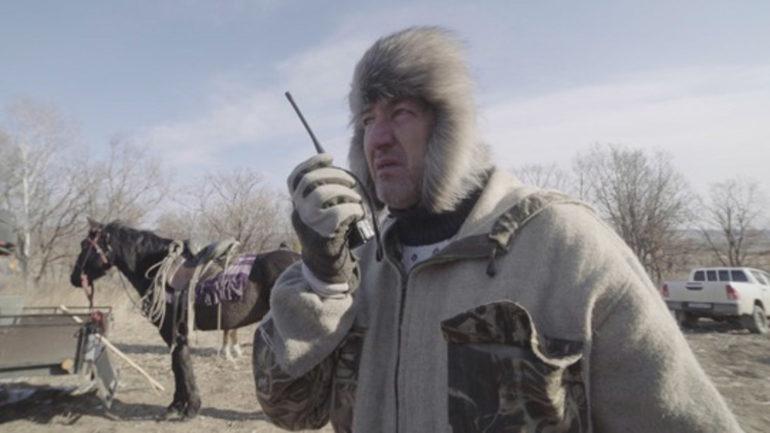Sundance Film Review: ‘Tigerland’
By Dennis Harvey
LOS ANGELES (Variety.com) – A century ago, 100,000 tigers existed in the wild; now just about 4% remain. The threat of extinction of the species — one that historically has fascinated mankind — is always present in “Tigerland,” which finds “Born into Brothels” director Ross Kauffman looking at preservation efforts in Russia and India, two of the big cats’ primary remaining territories. This Discovery Channel documentary is higher on entertainment than educational value, but should please viewers when it premieres on the network March 30.
Apart from the tawny mammals themselves, the principal subjects are two leading conservationists: The affable Pavel Fomenko who, for a decade, has largely dedicated his life to the preservation of nature’s most “beautiful killing machine”; and Kailash Sankhala, who died in 1994 at age 69 after pioneering concepts of preservation and protection in India, often against stiff opposition.
Plentiful archival materials show what Sankhala was up against: In British Raj culture, bagging a tiger — or dozens — was considered a particularly aristocratic proof of masculinity. No diplomat, the conservationist irked many with an aggressive push for bans on hunting and the designation of refuge areas for the big cats, ideas eventually supported by Prime Minister Indira Gandhi. Sankhala’s ancestors continue to carry on the family tradition by promoting eco-tourism, with grandson Amit and great-grandson Jai getting plenty of screen time.
In the Russian Far East and northeast China, the Siberian tiger is the subspecies that still hangs on (several other types have already been hunted to extinction). Poaching is a huge problem, particularly since the collapse of the Soviet Union. Superstitious belief in tiger parts as folk medicine and such continues to make the ever-shrinking population a target. Fomenko and his colleagues, as part of a local World Wildlife Fund program, are seen stalking and capturing tigers for relocation that have ventured too close to human populations. Like many here, he finds the animal itself mesmerizing, almost magical. But the scary side of the awe it inspires becomes all too vivid when Fomenko, inoculating some cubs, is mauled by a literal “tiger mom” who rips through a fence.
The doc charts the role of the tiger in mythology and popular culture via some rapid-fire montages. But despite some impressive shots of the big cats — and other wildlife in their habitat — we don’t learn a great deal about the species. The focus is entirely on their imperiled status and (usually negative) interactions with people.
Nevertheless, Kauffman has crafted an enjoyable armchair adventure that juggles the archival imagery, engaging present-day personalities and glimpses of the magnificent creatures themselves at a leisurely yet absorbing pace. One of the most attractive elements in this well-turned package are some handsome animation sequences by Daniel Sousa.

